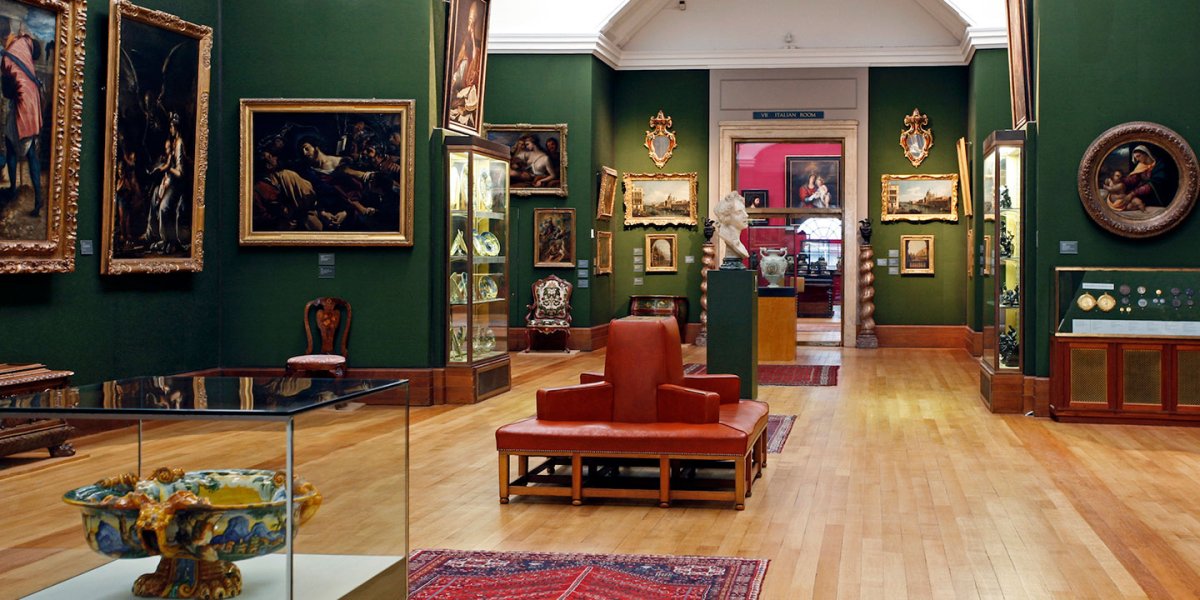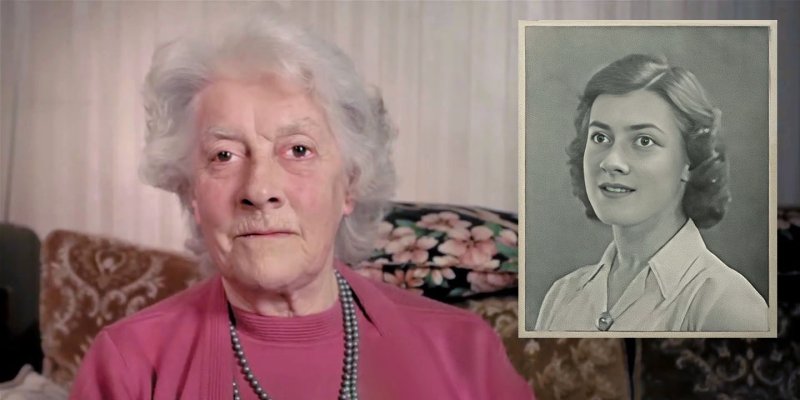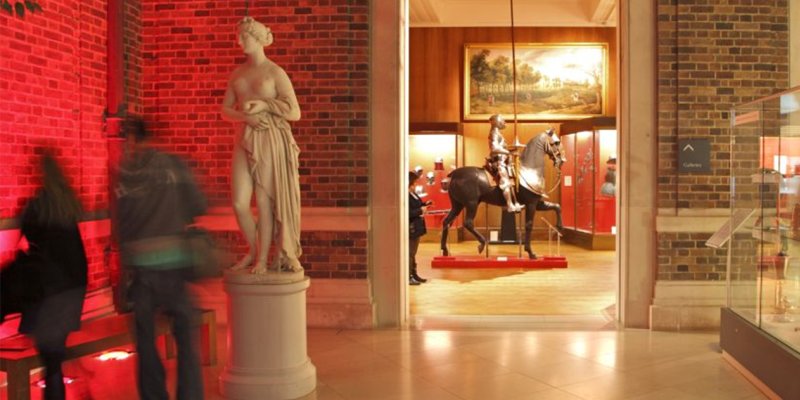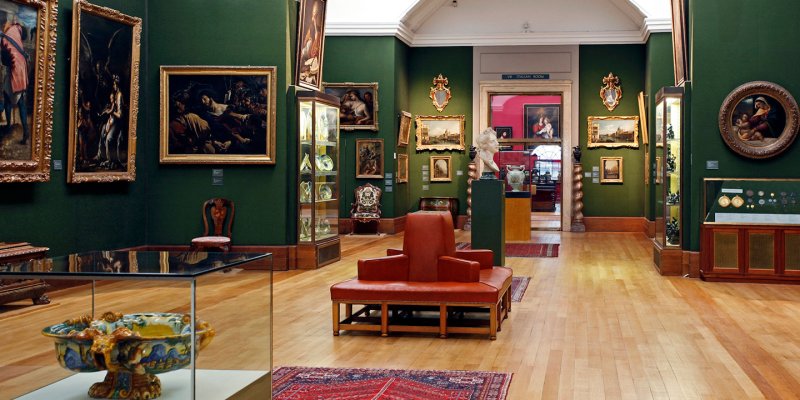Image courtesy of the Hamilton Kerr Institute, Fitzwilliam Museum
Conserving and safeguarding masterpieces for future generations
Under a weeping willow on the banks of the River Cam at Whittlesford sit an 18th-century house and mill buildings, which today house a scientific laboratory, restoration studios, x-radiography labs and a library of technical art books and archives.
I look at the painting from the point of view of 21st-century science but I also think about the person who painted it hundreds of years ago, the why and how of its history. It’s the combination of the two which enables me to faithfully and accurately restore a work of art.
Dr Spike Bucklow, research scientist
This is the Hamilton Kerr Institute, a department of the Fitzwilliam Museum which undertakes the conservation of easel and oil paintings, whilst training conservators and restorers.
Art and science: faithful restoration
Dr Spike Bucklow is the institute’s research scientist, a role funded by the Monument Trust, and one which happily marries Spike’s background as an organic chemist with a passion for paintings. His analysis of the complex make-up of pictures requires an intriguing mix of state-of-the-art scanning electron microscopy, 3D-imaging and analytical chemistry, together with an understanding of fine paintings and the creation of pigments.
He explains: “I look at the painting from the point of view of 21st-century science but I also think about the person who painted it hundreds of years ago, the why and how of its history. It’s the combination of the two which enables me to faithfully and accurately restore a work of art.” Spike is a renowned expert on craquelure – the cracks that naturally form in oil paintings over time – and medieval art, having recently worked on two of the oldest retables, or framed altarpieces, in the UK.
Restoring easel and panel paintings
Before the canvas became the common support medium for paintings in the 16th century, wooden panels were often used. Many panel paintings took the form of altarpieces – meaning that few now remain, following the iconoclasm of the Protestant Reformation. As part of its Panel Paintings Initiative, the Getty Foundation has provided a grant to support three graduate students at the Hamilton Kerr Institute to develop the specialist skills in non-invasive stabilisation needed to handle, treat and restore these fragile and rare panels, from the Royal Collection in particular, to their former glory.
Four students at the institute are pursuing the three-year postgraduate diploma in the conservation and restoration of easel paintings, which combines academic teaching with supervised studio work. A studentships fund established by the Deborah Loeb Brice Foundation enables the brightest students, with a first degree in fine art, art history or the natural sciences to pursue the diploma and their passion for conserving and safeguarding masterpieces for future generations.
Further reading
Read more about the impact of giving to Cambridge
Stay informed
For regular updates about the impact of giving to Cambridge, follow @yourscambridge on Twitter.
This impact story is part of
Related stories
Philanthropic giving is at the heart of the success of the Collegiate University, enabling us to make discoveries that change the world and to ensure that our students receive an unrivalled education. Cambridge owes its world-leading excellence in research and teaching to the generosity of its supporters. Our history is synonymous with a history of far-sighted benefaction, and the same is as true today as it has ever been.
Giving opportunities
Philanthropic giving is at the heart of the success of the Collegiate University, enabling us to make discoveries that change the world and to ensure that our students receive an unrivalled education.




